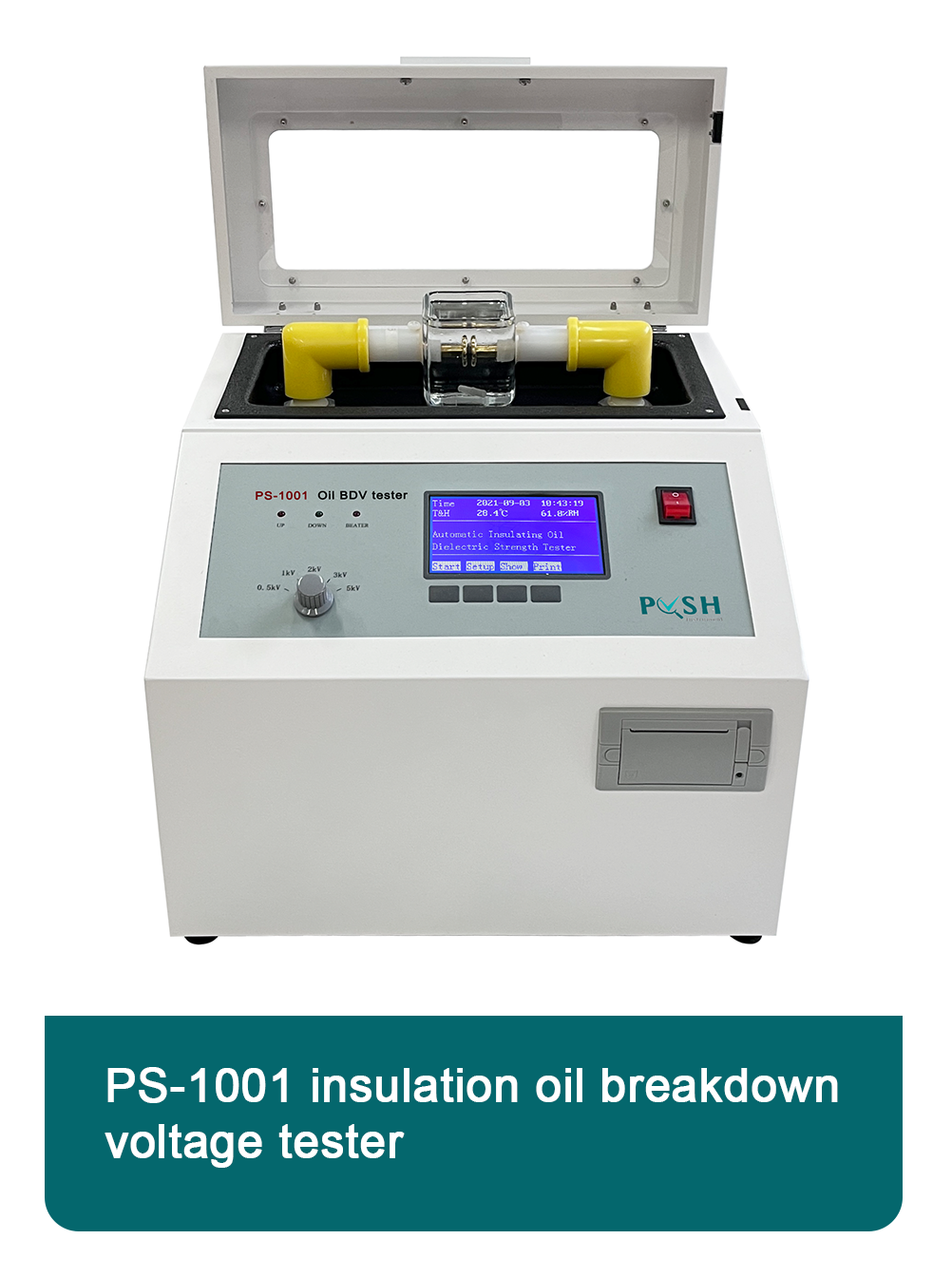 English
English



-
 Afrikaans
Afrikaans -
 Albanian
Albanian -
 Amharic
Amharic -
 Arabic
Arabic -
 Armenian
Armenian -
 Azerbaijani
Azerbaijani -
 Basque
Basque -
 Belarusian
Belarusian -
 Bengali
Bengali -
 Bosnian
Bosnian -
 Bulgarian
Bulgarian -
 Catalan
Catalan -
 Cebuano
Cebuano -
 China
China -
 China (Taiwan)
China (Taiwan) -
 Corsican
Corsican -
 Croatian
Croatian -
 Czech
Czech -
 Danish
Danish -
 Dutch
Dutch -
 English
English -
 Esperanto
Esperanto -
 Estonian
Estonian -
 Finnish
Finnish -
 French
French -
 Frisian
Frisian -
 Galician
Galician -
 Georgian
Georgian -
 German
German -
 Greek
Greek -
 Gujarati
Gujarati -
 Haitian Creole
Haitian Creole -
 hausa
hausa -
 hawaiian
hawaiian -
 Hebrew
Hebrew -
 Hindi
Hindi -
 Miao
Miao -
 Hungarian
Hungarian -
 Icelandic
Icelandic -
 igbo
igbo -
 Indonesian
Indonesian -
 irish
irish -
 Italian
Italian -
 Japanese
Japanese -
 Javanese
Javanese -
 Kannada
Kannada -
 kazakh
kazakh -
 Khmer
Khmer -
 Rwandese
Rwandese -
 Korean
Korean -
 Kurdish
Kurdish -
 Kyrgyz
Kyrgyz -
 Lao
Lao -
 Latin
Latin -
 Latvian
Latvian -
 Lithuanian
Lithuanian -
 Luxembourgish
Luxembourgish -
 Macedonian
Macedonian -
 Malgashi
Malgashi -
 Malay
Malay -
 Malayalam
Malayalam -
 Maltese
Maltese -
 Maori
Maori -
 Marathi
Marathi -
 Mongolian
Mongolian -
 Myanmar
Myanmar -
 Nepali
Nepali -
 Norwegian
Norwegian -
 Norwegian
Norwegian -
 Occitan
Occitan -
 Pashto
Pashto -
 Persian
Persian -
 Polish
Polish -
 Portuguese
Portuguese -
 Punjabi
Punjabi -
 Romanian
Romanian -
 Russian
Russian -
 Samoan
Samoan -
 Scottish Gaelic
Scottish Gaelic -
 Serbian
Serbian -
 Sesotho
Sesotho -
 Shona
Shona -
 Sindhi
Sindhi -
 Sinhala
Sinhala -
 Slovak
Slovak -
 Slovenian
Slovenian -
 Somali
Somali -
 Spanish
Spanish -
 Sundanese
Sundanese -
 Swahili
Swahili -
 Swedish
Swedish -
 Tagalog
Tagalog -
 Tajik
Tajik -
 Tamil
Tamil -
 Tatar
Tatar -
 Telugu
Telugu -
 Thai
Thai -
 Turkish
Turkish -
 Turkmen
Turkmen -
 Ukrainian
Ukrainian -
 Urdu
Urdu -
 Uighur
Uighur -
 Uzbek
Uzbek -
 Vietnamese
Vietnamese -
 Welsh
Welsh -
 Bantu
Bantu -
 Yiddish
Yiddish -
 Yoruba
Yoruba -
 Zulu
Zulu
Understanding Generator Startup Current and Its Impact on Performance
Understanding Generator Starting Current Its Importance and Implications
Generators are crucial components in various industries, providing a reliable power source where grid electricity is unavailable or insufficient. However, one significant aspect of generator operation that often receives less attention is starting current, specifically referred to as generator starting current. Understanding this concept is essential for ensuring efficient generator performance, prolonging equipment lifespan, and facilitating safe operations.
What is Generator Starting Current?
Generator starting current, also known as inrush current, is the initial surge of electrical current that occurs when a generator is switched on. This phenomenon happens because the generator needs to overcome the inertia of its rotor and provide enough torque to initiate rotation. The starting current can be several times higher than the normal operating current, causing various effects that must be considered in the design and operation of electrical systems.
Factors Influencing Starting Current
Several factors influence the magnitude of starting current in generators. One of the primary factors is the type of generator. For example, synchronous generators typically exhibit higher starting currents compared to asynchronous (induction) generators due to the additional requirements for field excitation in synchronous types.
Additionally, the size and capacity of the generator play a crucial role. Larger generators usually draw higher starting currents because of the higher mechanical inertia that must be overcome. Ambient conditions, such as temperature, can also impact starting current; colder environments may require more energy to initiate the generator due to increased material resistance and oil viscosity.
Impacts of High Starting Current
generator starting current

High starting currents can have several implications for both the generator and connected loads. Firstly, excessive inrush current can lead to mechanical stresses on the generator components, which may result in premature wear and potential failure. Additionally, a significant starting current can cause voltage drops in the electrical network, leading to operational challenges for other connected equipment.
To mitigate these potential problems, careful planning and management are essential. Engineers often utilize techniques such as soft starters or variable frequency drives (VFDs) to gradually increase the voltage and current applied to the generator. This approach helps to limit inrush current and protect both the generator and the connected devices.
Importance of Understanding Starting Current
Understanding generator starting current is vital for multiple reasons. For one, it allows for more informed decisions regarding equipment selection and integration within a power system. Selecting the appropriate generator size and type can ensure that starting current is well-managed, reducing the risk of issues related to overload or equipment malfunction.
Moreover, knowledge about starting current is crucial for system protection design. Overcurrent protection devices need to be selected to accommodate starting currents while ensuring that they activate appropriately during fault conditions. Failure to account for starting current could lead to nuisance tripping or, conversely, insufficient protection for the generator and connected systems.
Conclusion
In conclusion, generator starting current is a critical aspect of generator operation that merits close attention. From understanding its definition and influencing factors to recognizing its implications for system design, operators and engineers must prioritize managing starting currents effectively. By doing so, they can enhance the reliability, efficiency, and longevity of generators and the systems they power, ensuring a stable energy supply in diverse applications across industries. Understanding and managing generator starting current is not just a technical necessity; it is a key component of modern energy management strategies.
-
Exploring the Main Types of Industrial Endoscopes and Their Applications Across IndustriesNewsJul.04,2025
-
Testing Equipment Industry Sees Major Advancements in 2025: Smart & Precision Technologies Lead the WayNewsJun.06,2025
-
Applications of Direct Current Generators in Renewable Energy SystemsNewsJun.05,2025
-
Hipot Tester Calibration and Accuracy GuidelinesNewsJun.05,2025
-
Digital Circuit Breaker Analyzer Features and BenefitsNewsJun.05,2025
-
Benefits of Real-Time Power Quality Monitoring Devices for Industrial EfficiencyNewsJun.05,2025



